4th Floor, 1st Main, Vijay Shree Layout, Bannerghatta Road Main Road, Arekere, B'lore - 560076
Influencer marketing has become a key strategy for brands seeking to connect with their target audiences in an authentic and impactful way. By leveraging the reach and influence of popular personalities, brands can drive engagement, build credibility, and achieve their marketing objectives. Here are detailed case studies of effective influencer marketing campaigns that highlight best practices and successful outcomes.
Case Study 1: Glossier Harnessing the Power of MicroInfluencers
Objective:
Glossier, a beauty brand known for its minimalist skincare and makeup products, aimed to increase brand awareness and drive sales through influencer marketing.
Strategy:
Results:
Key Takeaways:
Case Study 2: Nike Empowering Through Influencer Partnerships
Objective:
Nike aimed to promote their new line of athletic apparel and footwear while reinforcing their brand message of empowerment and inclusivity.
Strategy:
Results:
Key Takeaways:
Partnering with a diverse group of influencers can broaden your reach and appeal.
Case Study 3: Daniel Wellington InfluencerDriven Growth
Objective:
Daniel Wellington, a watch brand, sought to drive brand awareness and increase sales through influencer marketing.
Strategy:
Results:
Key Takeaways:
Case Study 4: Starbucks Leveraging UserGenerated Content
Objective:
Starbucks aimed to boost engagement and brand affinity by leveraging usergenerated content (UGC) through influencer partnerships.
Strategy:
Results:
Key Takeaways:
Conclusion
Effective influencer marketing campaigns leverage authentic partnerships, diverse content, and strategic engagement to achieve marketing goals. By studying successful case studies, brands can gain insights into best practices, creative approaches, and measurable outcomes. Whether through microinfluencers, ambassador programs, or usergenerated content, the key to success lies in aligning influencer strategies with brand values and audience expectations.In conclusion, case studies of effective influencer marketing campaigns provide valuable lessons for brands looking to enhance their marketing strategies. By understanding what works and applying these insights, brands can create impactful campaigns that drive engagement, build trust, and achieve their marketing objectives.
We partner with organisations and help them convert their vision into a reality in the most fun, engaging and creative way possible. As cliché as it sounds, we breathe what we do. We are passionate, innovative, creative and take pride in doing the best work we can.
GET A FREE QUOTE!
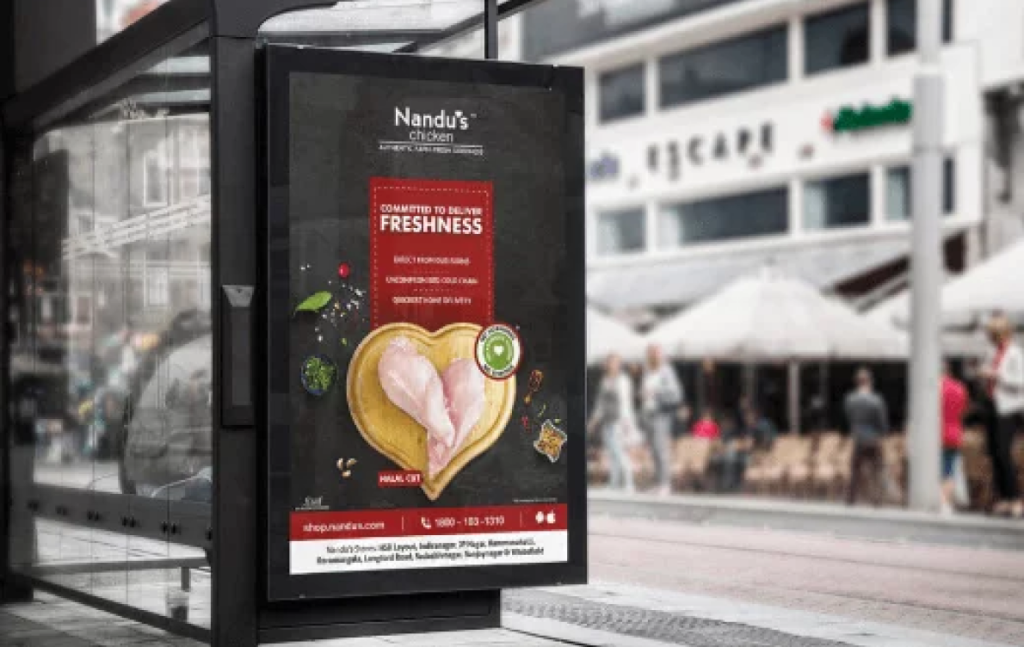
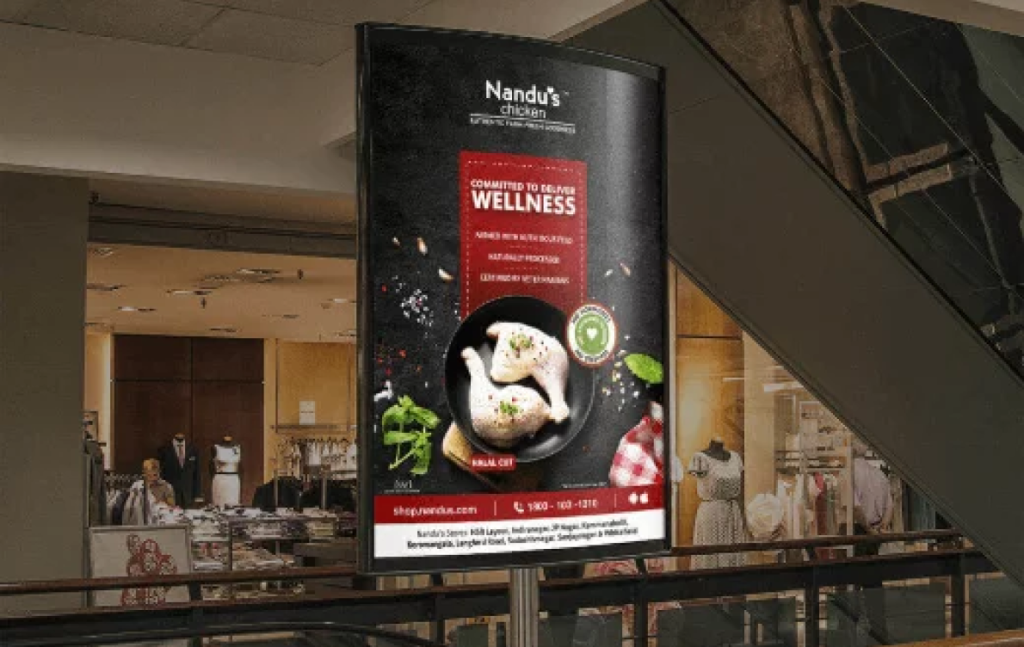

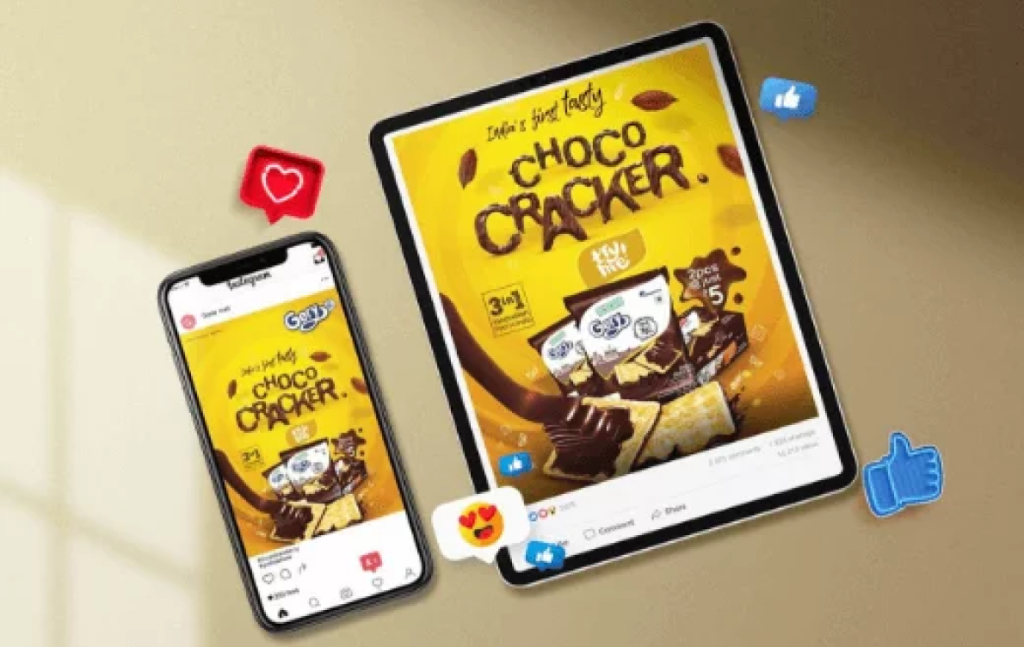
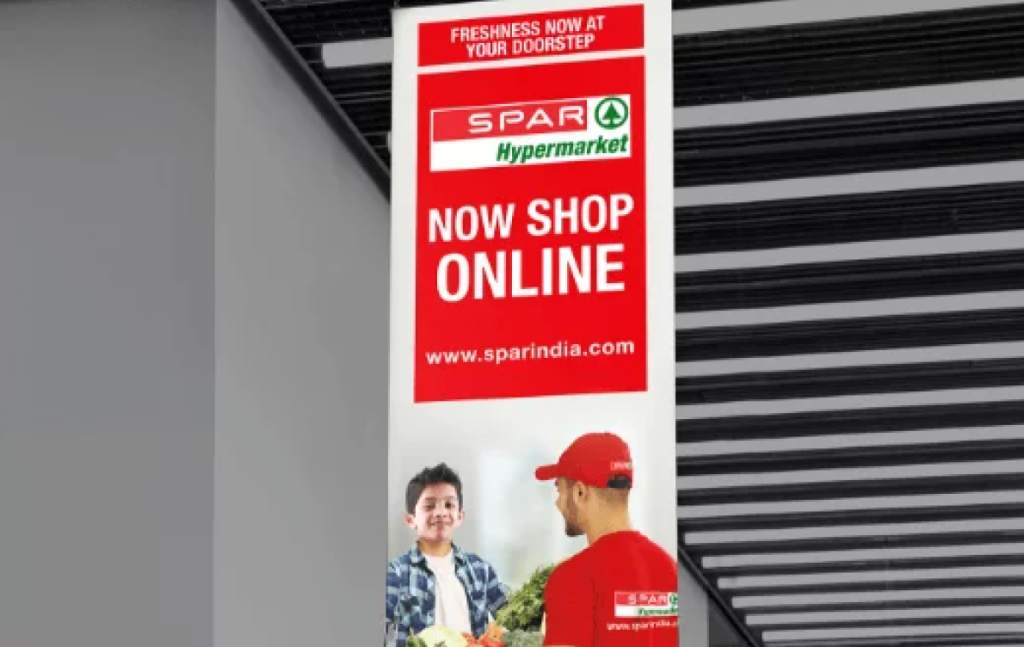
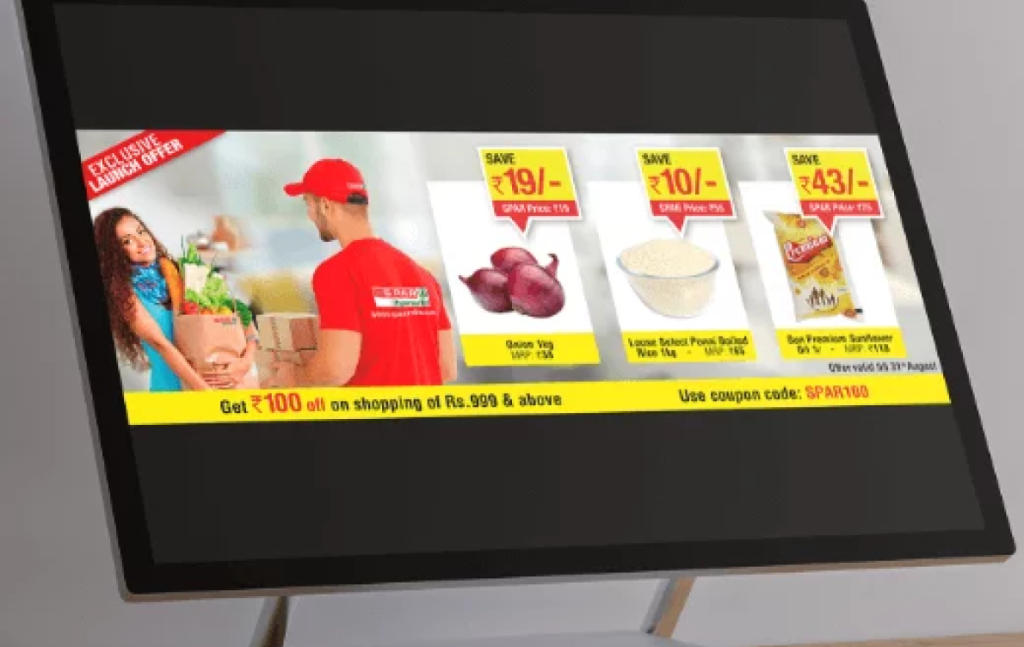
Error: Contact form not found.